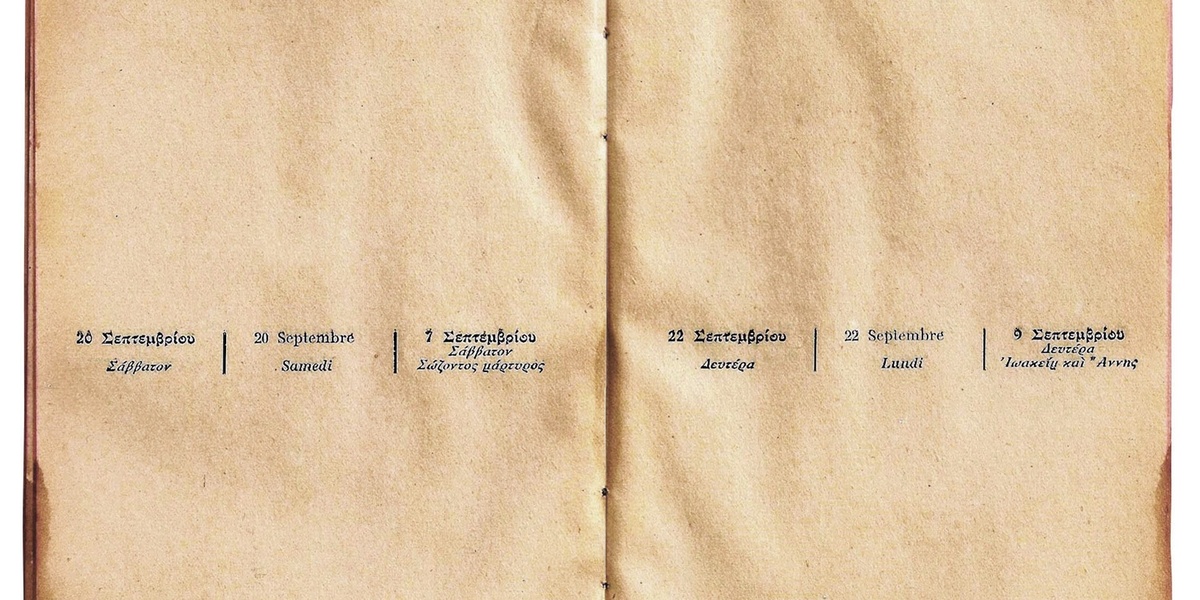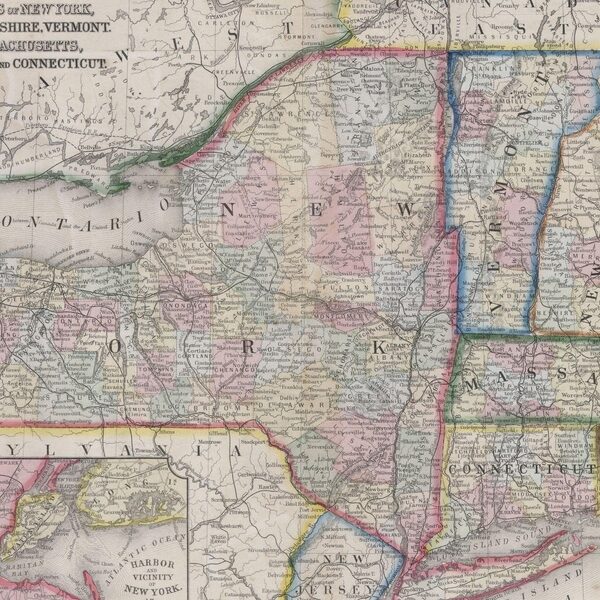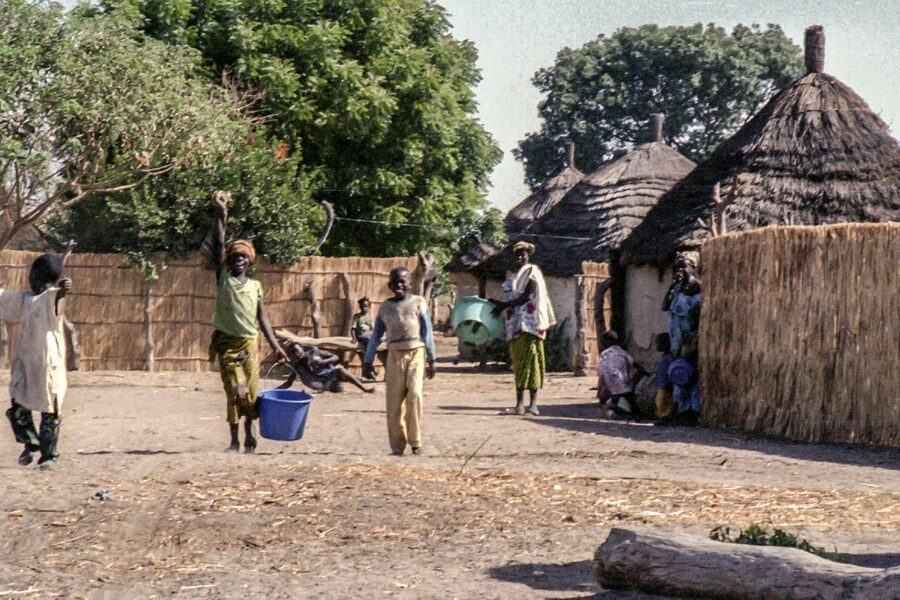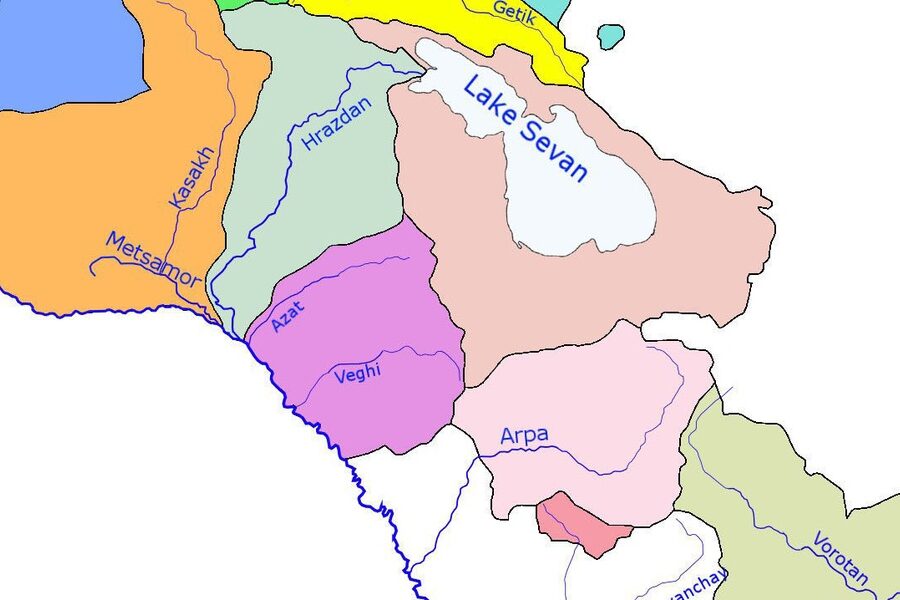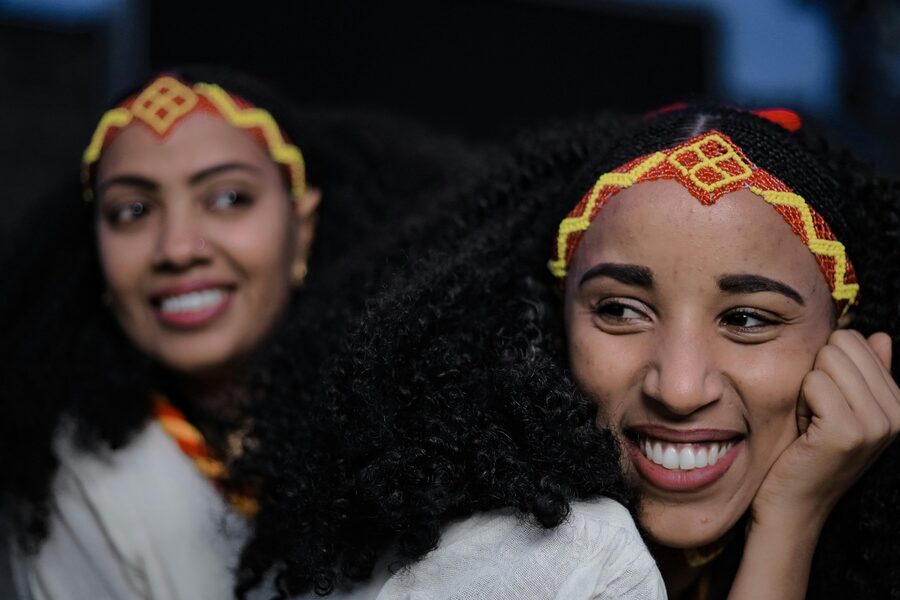Cyprus, a sun-drenched island at the crossroads of Europe, Asia, and Africa, boasts a history as colorful and layered as its landscapes. Millennia of trade, conquest, and cultural exchange have woven a rich tapestry, not least evident in the diverse array of languages that echo across its shores.
Delving into this fascinating linguistic landscape, you’ll discover there are exactly 16 Languages Spoken in Cyprus, reflecting its unique heritage and modern demographics. This comprehensive list ranges from the historically significant Arabic (Levantine) to the more recently established Urdu, showcasing the island’s vibrant multilingualism. For each, you’ll find below detailed insights including its Official Status, Estimated Speakers (in Cyprus), Primary Region in Cyprus, and Key Significance.
What are the official languages of Cyprus?
Cyprus has two official languages: Greek and Turkish. Greek is predominantly spoken by the Greek Cypriot community and is the language of the Republic of Cyprus’s administration, while Turkish is spoken by the Turkish Cypriot community, primarily in the northern part of the island. These languages are deeply intertwined with the cultural and political identity of the island’s two main ethnic groups.
Are there other prominent languages spoken in Cyprus besides Greek and Turkish?
Yes, beyond Greek and Turkish, English holds significant prominence due to the island’s historical ties to the UK and its widespread use in business, tourism, and higher education. Additionally, Armenian and Cypriot Maronite Arabic are recognized minority languages, spoken by established communities. Due to recent immigration, languages like Russian, Arabic (beyond Levantine), and Romanian also have growing speaker populations, further enriching the island’s linguistic diversity.
Languages Spoken in Cyprus
| Language Name | Official Status | Estimated Speakers (in Cyprus) | Primary Region in Cyprus | Key Significance |
|---|---|---|---|---|
| Greek | Official | 800,000 | Government-controlled south; Nicosia, Limassol, Larnaca, Paphos | Majority language; national identity |
| Turkish | Official | 300,000 | Northern Cyprus (TRNC); Turkish Cypriot communities island-wide | Official in north; political and cultural identity |
| English | Widely spoken foreign/lingua franca | 700,000 | Nationwide; urban, business, tourism hubs (Nicosia, Limassol, Paphos) | Common second language; business and tourism lingua franca |
| Armenian | Recognized minority | 4,000 | Nicosia, Larnaca, Limassol Armenian communities | Historic minority with churches and schools |
| Cypriot Maronite Arabic | Recognized minority | 1,000 | Karpas villages, Maronite communities across island | Endangered Maronite dialect; cultural heritage |
| Russian | Widely spoken immigrant/expat | 25,000 | Limassol, Nicosia, Paphos expat neighborhoods and businesses | Large expat community and economic ties |
| Romanian | Widely spoken immigrant | 12,000 | Nicosia, Limassol, agricultural and construction areas | Significant migrant worker community |
| Bulgarian | Widely spoken immigrant | 8,000 | Nicosia, Limassol, seasonal labor regions | Migrant workers and seasonal residents |
| Ukrainian | Widely spoken immigrant/refugee | 10,000 | Nicosia, Limassol, urban centers | Recent arrivals; diaspora and refugees |
| Tagalog (Filipino) | Widely spoken immigrant | 20,000 | Nationwide domestic and care-worker communities | Large domestic/ care-worker community |
| Arabic (Levantine) | Widely spoken immigrant/refugee | 15,000 | Nicosia, Limassol, refugee and migrant communities | Refugee and migrant community language |
| Urdu | Widely spoken immigrant | 7,000 | Nicosia, Limassol, agricultural areas | Pakistani community language; religious life |
| Georgian | Widely spoken immigrant | 5,000 | Nicosia, Limassol, specific village communities | Migrant and small historic community ties |
| Mandarin Chinese | Widely spoken immigrant/business | 4,000 | Nicosia, Limassol business districts and universities | Business, students and trade connections |
| Polish | Widely spoken immigrant/seasonal | 3,000 | Nicosia, Limassol, seasonal work areas | Seasonal and resident worker community |
| French | Widely spoken foreign/expat | 5,000 | Nicosia, Paphos, tourist and expat circles | EU and cultural ties; tourism and diplomacy |
Images and Descriptions
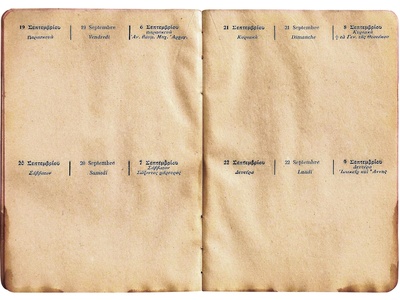
Greek
Greek is the dominant language of the Republic of Cyprus, central to public life, education, media and culture. Cypriot Greek dialects shape local identity and everyday conversation across southern towns and villages.
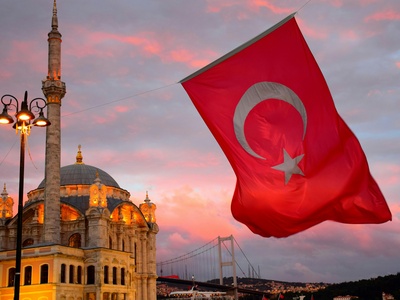
Turkish
Turkish is the main language of Northern Cyprus and Turkish Cypriots, used in administration, education and media. It shapes community life in the north and among Turkish-speaking residents throughout the island.

English
English functions as a widely used second language for government, commerce, higher education and tourism. It connects communities, serves international business, and is commonly spoken by younger generations and service workers.
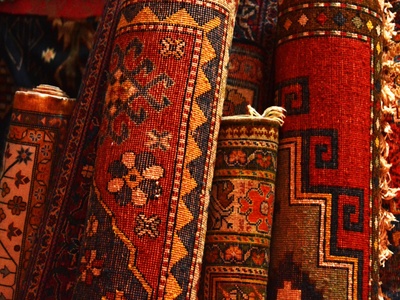
Armenian
Armenian is preserved by a small, historic community with churches, cultural associations and a school. It maintains liturgical, family and cultural traditions, especially in urban Armenian quarters.
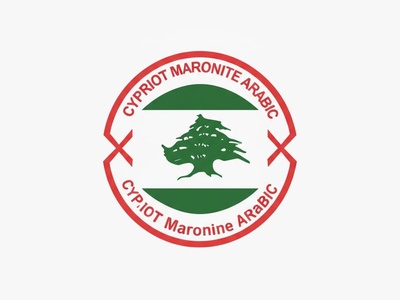
Cypriot Maronite Arabic
Cypriot Maronite Arabic is a unique Arabic dialect used by Maronite Cypriots. Small speaker numbers keep it vulnerable, but it remains central to Maronite rituals, family life and cultural identity.
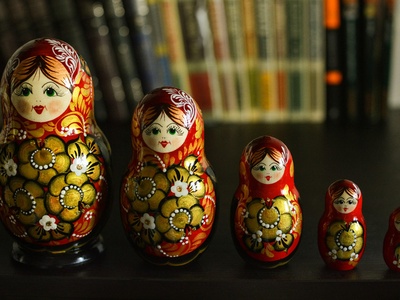
Russian
Russian is widely used by immigrants, business owners and families, especially in coastal towns. It influences commerce, real estate and social life through a visible expatriate and investor community.
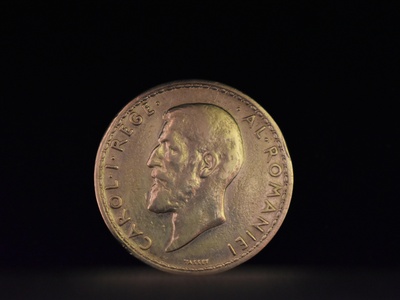
Romanian
Romanian is spoken by migrant workers and families from Romania, present in construction, caregiving and service sectors. Community networks and Romanian-language services exist in larger towns.
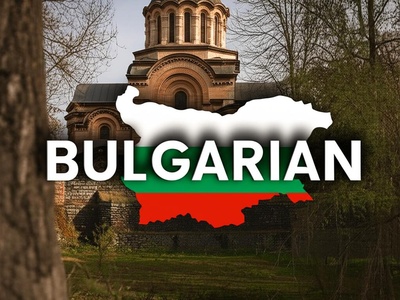
Bulgarian
Bulgarian is used by workers and residents from Bulgaria, active in construction, agriculture and hospitality. It supports cultural ties through churches, associations and community events.
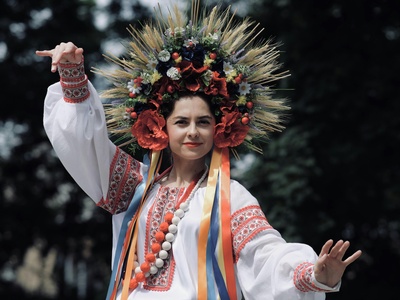
Ukrainian
Ukrainian is spoken by refugees, migrants and some seasonal workers. Community organizations, language networks and support services help maintain social ties and cultural activities.
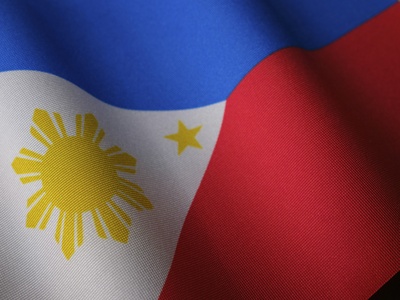
Tagalog (Filipino)
Tagalog (Filipino) is widely used among Filipino domestic workers and caregivers across Cyprus. It creates strong community networks, cultural gatherings and Filipino-language support services in cities and towns.
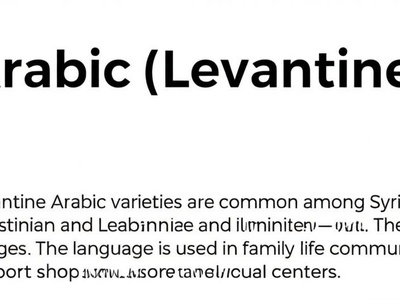
Arabic (Levantine)
Levantine Arabic varieties are common among Syrian, Palestinian and Lebanese migrants and refugees. The language is used in family life, community support, shops and some religious and cultural centers.
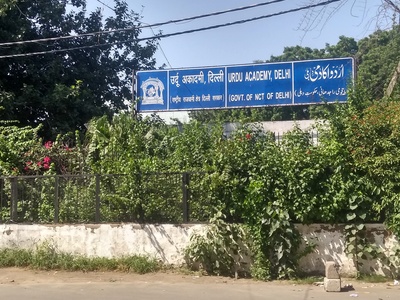
Urdu
Urdu serves Pakistani and South Asian communities, used in family, religious settings and small businesses. It sustains cultural associations, mosques and social networks across urban and rural areas.
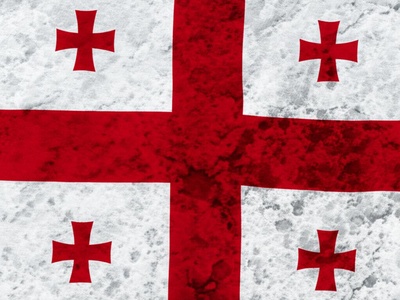
Georgian
Georgian is spoken by migrants and a small historic diaspora; it appears in family life, cultural gatherings and community associations, especially in urban neighborhoods with Georgian residents.
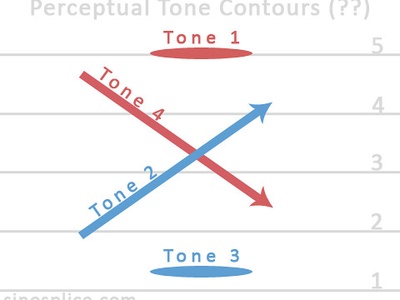
Mandarin Chinese
Mandarin supports Chinese businessmen, students and small expatriate communities. It appears in trade, education and growing cultural exchanges, with Mandarin-language services in key urban areas.
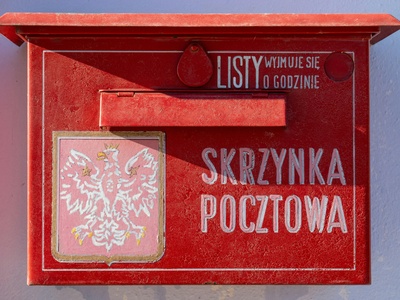
Polish
Polish is used by workers and residents from Poland, active in hospitality, care and seasonal labor. Community ties include cultural events and Polish-language social networks.
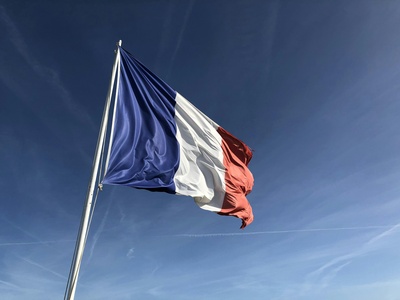
French
French is spoken by diplomats, expatriates, and tourism professionals. It appears in business, education and cultural events, aided by France’s cultural presence and francophone visitors.

